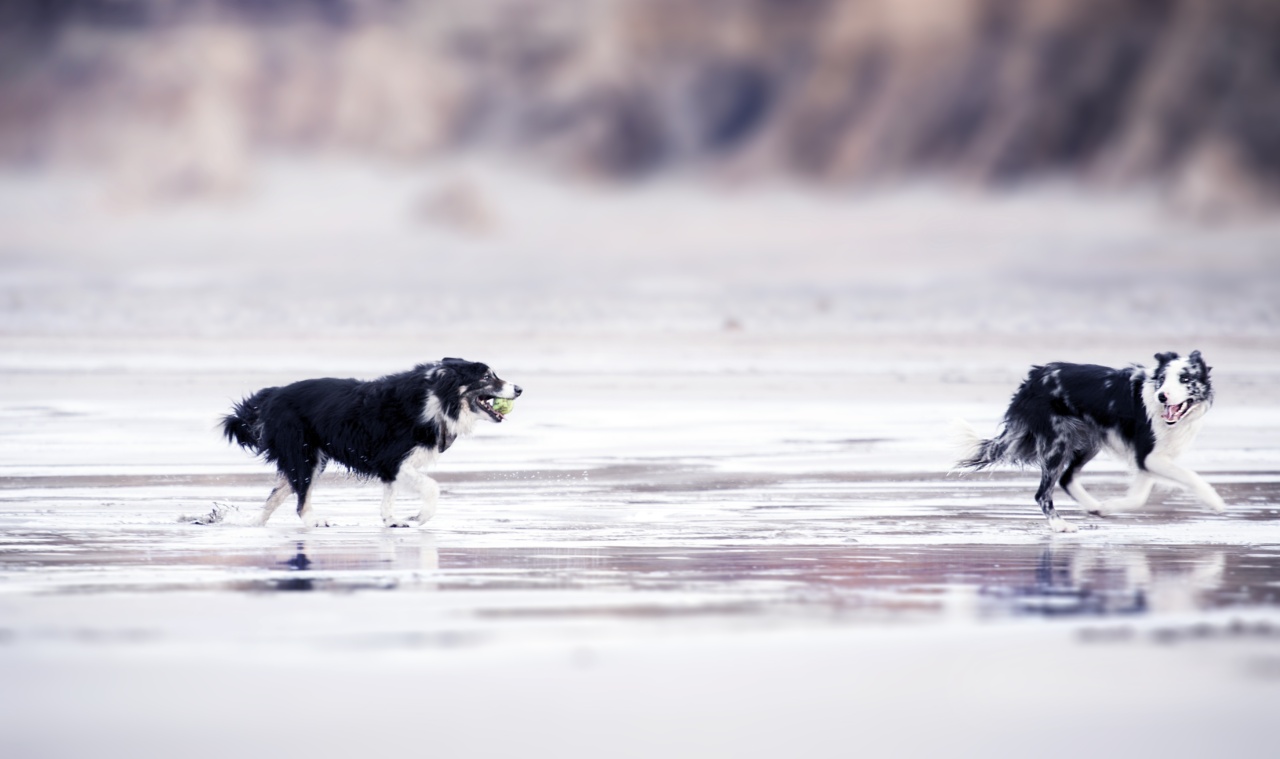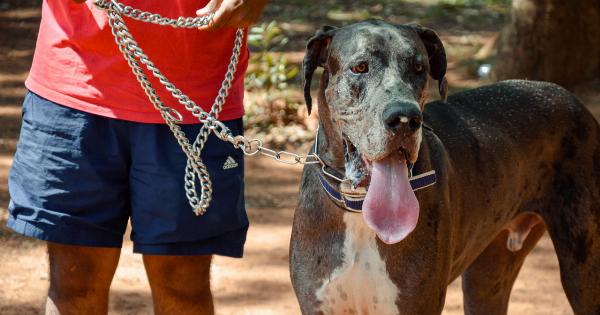Spring is a beautiful season full of vibrant colors, blossoming flowers, and plenty of sunshine. It’s a time when both humans and their furry friends can finally step out of hibernation after a long, cold winter.
However, as much as we enjoy the wonders of spring, there are certain hazards that can pose a threat to our beloved dogs. In this article, we will explore some common spring hazards and provide useful tips on how to keep your dog safe and healthy during this season.
1. Allergies
Just like humans, dogs can suffer from seasonal allergies. Spring is notorious for causing allergies due to the blooming of various plants and the increase in pollen levels.
Some common symptoms of allergies in dogs include itching, redness, sneezing, and watery eyes. To avoid allergies, try to limit your dog’s exposure to pollens by keeping them indoors during peak pollen times. Regularly cleaning their paws and fur after outdoor activities can also help minimize allergens.
If allergies persist, consult your veterinarian for guidance on proper treatment.
2. Tick and Flea Infestations
Springtime is also a prime season for ticks and fleas to thrive. These pests not only cause discomfort for your dog but can also transmit various diseases. To protect your furry friend, ensure they are on a suitable tick and flea prevention medication.
Regularly check your dog’s fur, especially after outdoor adventures. If you spot any ticks or fleas, carefully remove them using tweezers or a tick removal tool. It’s crucial to keep your dog’s bedding and living areas clean to prevent infestations.
3. Toxic Plants
While spring flowers can bring joy and beauty, some plants can be highly toxic to dogs if ingested. Common toxic plants include lilies, daffodils, tulips, azaleas, and lily of the valley.
Symptoms of plant poisoning in dogs may include vomiting, diarrhea, drooling, lethargy, and even organ failure in severe cases. To avoid such hazards, familiarize yourself with the list of toxic plants and keep them out of your dog’s reach. Consider creating a dog-friendly garden with pet-safe plants.
4. Garden Chemicals
As you prepare your garden for spring, be cautious when using chemicals such as fertilizers, insecticides, and herbicides. These substances can be harmful if ingested by dogs or even through contact with their skin.
Before using any garden chemicals, carefully read the labels and choose pet-friendly options. Keep your dog away from treated areas until the chemicals have dried or settled properly. If you suspect your dog has been exposed to garden chemicals, contact your veterinarian immediately.
5. Seasonal Foods
Springtime brings a wide array of fresh produce, but not all of it is safe for our furry friends. Certain foods commonly associated with spring, like onions, garlic, grapes, and chocolate, can be toxic to dogs.
Take extra care when picnicking or barbecuing in the great outdoors, as your dog may be tempted to snatch a treat from the table. Avoid exposing them to potentially harmful foods and always keep their designated dog-friendly treats handy.
6. Increased Outdoor Activities
With the arrival of warmer weather, outdoor activities become more frequent. However, it’s crucial to ease your dog into their exercise routine gradually.
Going from a sedentary winter lifestyle to intense activities can strain their muscles or cause fatigue. Start with short walks or play sessions and gradually increase the duration and intensity. Pay attention to your dog’s behavior and, if there are any signs of discomfort or exhaustion, take breaks and provide plenty of water.
7. Bee Stings and Insect Bites
As flowers bloom and insects become more active, the chances of bee stings and insect bites increase. Some dogs may experience severe allergic reactions to bee stings, showing symptoms like swelling, difficulty breathing, or collapse.
If your dog gets stung, carefully remove the stinger with tweezers and apply a cold compress to reduce swelling. Keep an eye on their breathing and behavior, and seek immediate veterinary attention if symptoms worsen. Insect repellents formulated specifically for dogs can help minimize exposure to mosquitoes and other pests.
8. Water Safety
Springtime often means trips to the beach, lakes, or pools to cool off and have fun. While water activities can be enjoyable for dogs, it’s important to prioritize their safety.
Not all dogs are natural swimmers, so it is essential to gradually introduce them to water and use life jackets if needed. Be mindful of strong currents, and always keep a close eye on your dog while they are in the water. After swimming, rinse off their coat thoroughly to remove any chemicals or saltwater that could be irritating to their skin.
9. Increased Wildlife Encounters
The arrival of spring also means an increase in wildlife activity, which can potentially lead to encounters with animals that may pose a threat to dogs. Depending on your location, encounters with snakes, raccoons, skunks, or coyotes might be possible.
Keep your dog on a leash during walks and be vigilant in unfamiliar territory. If wildlife is commonly seen in your area, consider training your dog to respond to voice commands or enrolling them in obedience classes to ensure they remain under control.
10. Seasonal Shedding
Spring is a time when many dogs experience excessive shedding as they lose their winter coats to make way for new growth. Regular brushing can help remove loose hair and keep their coats healthy.
Some dog breeds may require more frequent grooming during this period to manage shedding. Take advantage of the warmer weather to give your dog a good bath and ensure their skin is clean. If you notice any skin irritations or unusual hair loss, consult your veterinarian for further evaluation.
In Conclusion
Spring can be a delightful season for both you and your furry companion, as long as you are aware of potential hazards and take the necessary precautions.
By staying informed about common springtime dangers and implementing preventive measures, you can ensure that your dog stays happy, healthy, and safe throughout the season. With proper care and attention, you and your four-legged friend can make the most of this beautiful time of the year.






























